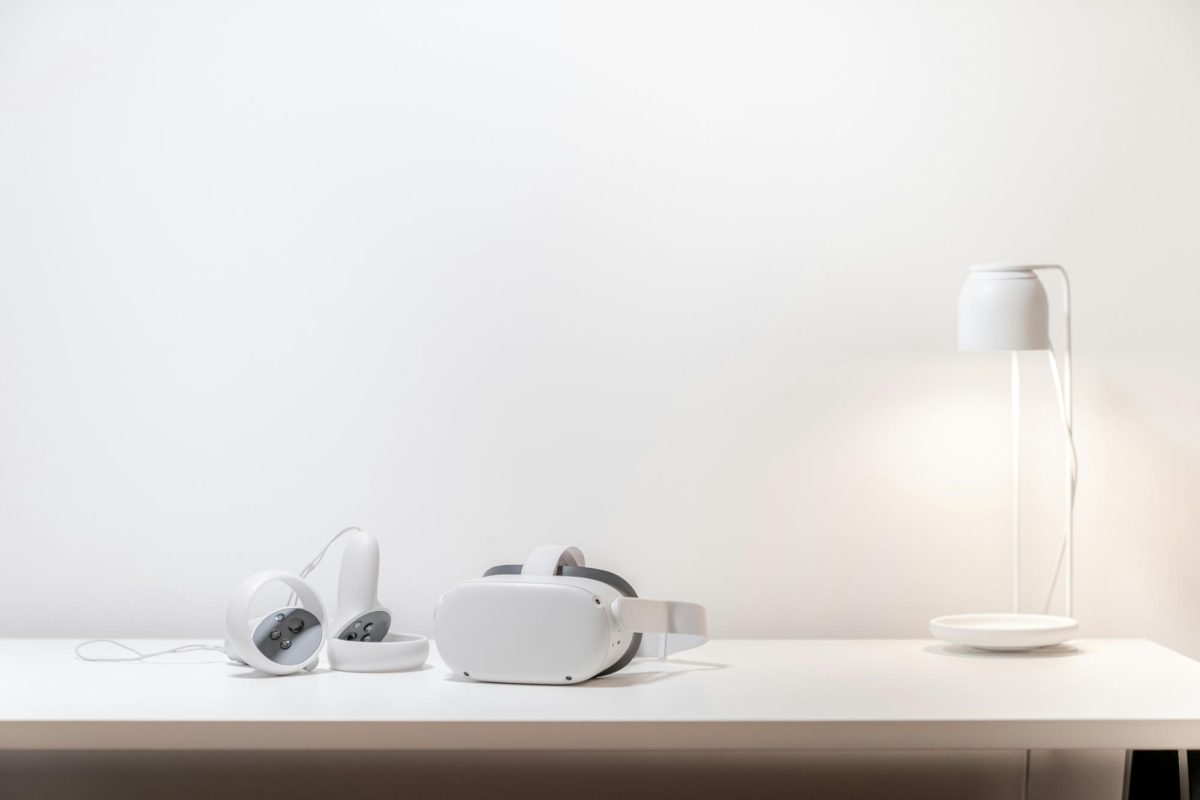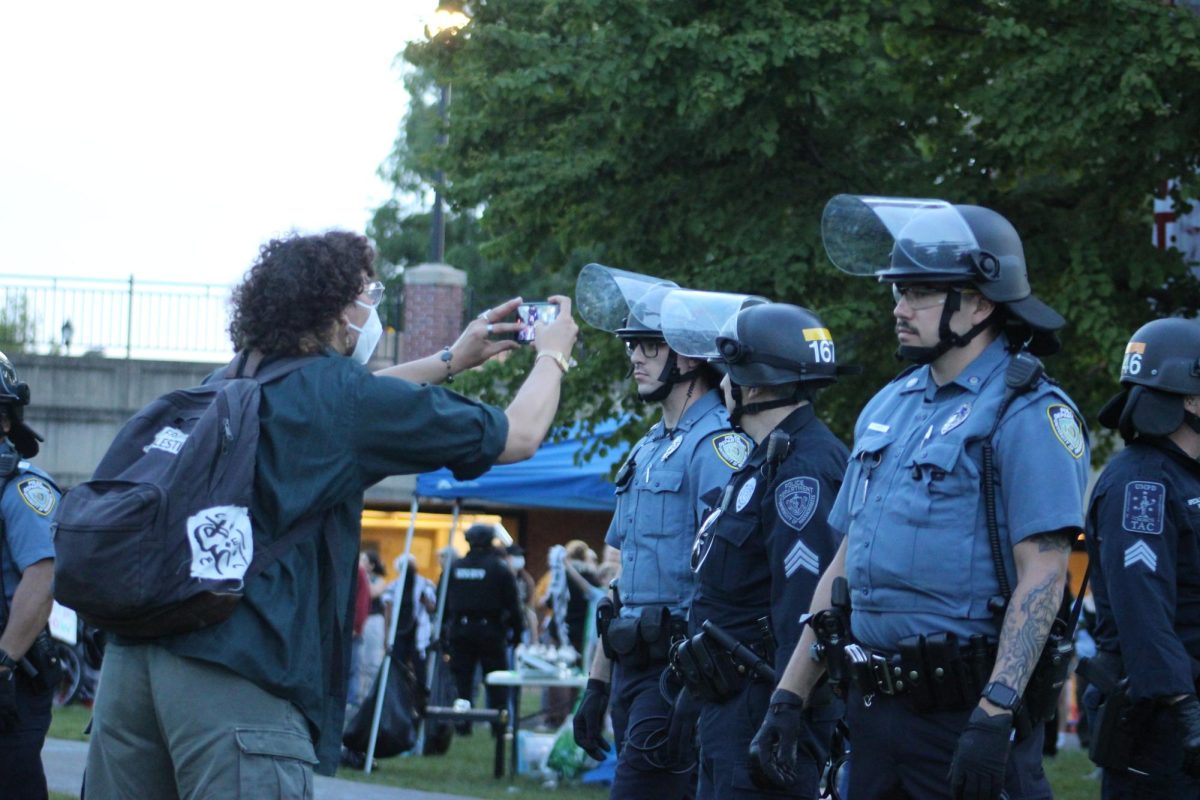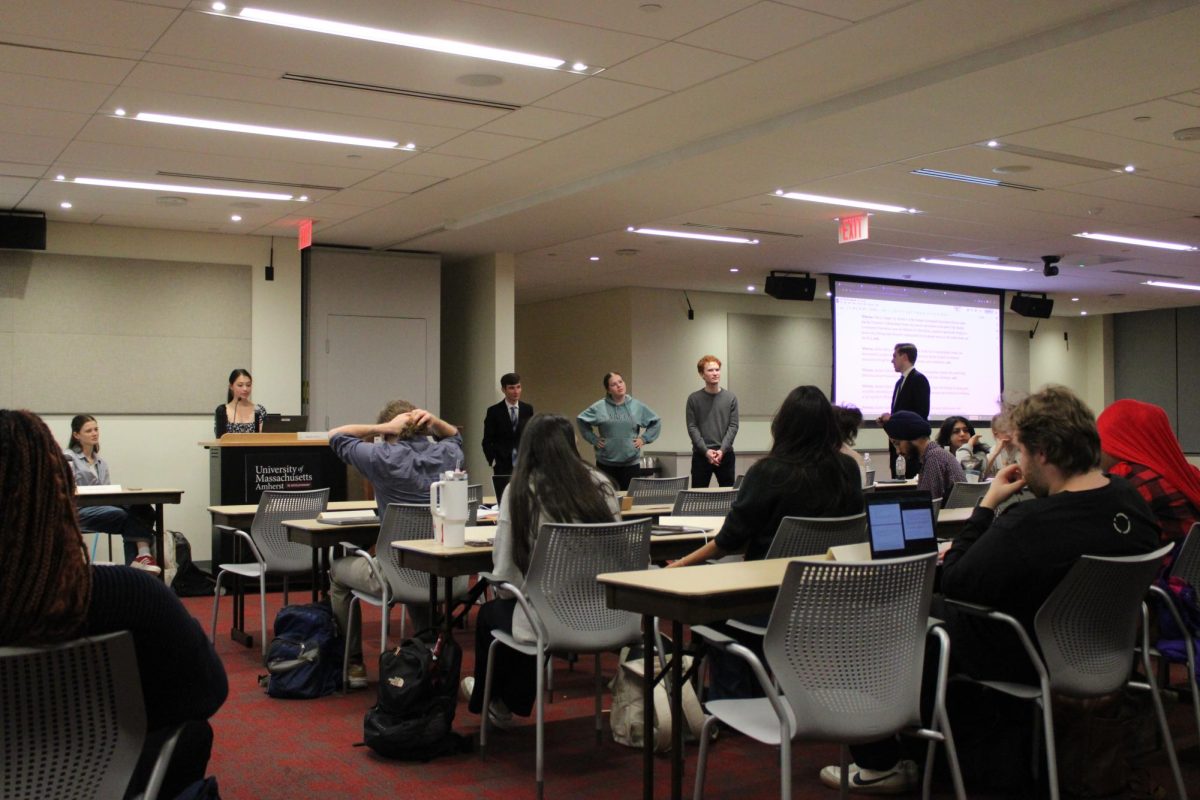With the release of Apple’s Vision Pro device, it may seem we are looking in the face of the future of technology. This future, however, may still be a little further down the line, considering recent safety concerns for Apple Vision Pro. Apple anticipated these concerns, yet failed to prevent them with adequate safety measures.
Apple describes the Vision Pro as a device that “seamlessly blends digital content with the physical world.” However, they clearly state that the headset should only be used in controlled settings. Since the device relies on a series of cameras to depict a user’s surroundings on the display, if there’s any loss of power, the headset will go completely dark, resulting in the user being unable to see anything. As this device is meant to fit in with and enhance our reality, people are going to expect that they can use it in their everyday lives, maybe even as a replacement for our phones. These facts make it questionable for Apple to release this product with a design flaw as significant as sudden vision impairment.
For instance, on Feb. 7, The Guardian reported that multiple people were seen using the headset in public. Users were recorded with the devices on the subway and even while driving, which prompted the U.S. transportation secretary to remind drivers that “they must pay attention at all times.”
The next day, NPR released an article that again mentioned a driver of a Tesla using the device, and the article also included a photo of two people wearing the Vision Pro at a restaurant. Within this article, Jeremy Bailenson, founding director of Stanford’s Virtual Human Interaction Lab, hinted towards a future where driving with a headset could be possible and even safe as “companies have figured out how to track a person’s body movement independently of the car’s motion.” Bailenson notes, however, that these headsets do not perfectly reproduce human vision which poses dangers in daily life, let alone while driving.
On Feb. 20, NBC published an article about a trending video which showed a man crossing a street while using the Vision Pro, while police officers watched along “in bewilderment.” This instance prompted San Diego Police Department to remind the public to continue crossing “streets the old-fashioned way – with our eyes wide open to the real world, unobstructed and without distractions.”
Ethan Zuckerman, an associate professor at the University of Massachusetts and director of the UMass Initiative for Digital Public Infrastructure, has stated that while he hasn’t been able to try the Vision Pro yet, he would like to see more experimentation done before people try it out in public. To help combat this initial design flaw, Zuckerman suggests that Apple should tweak the mechanics so that if there is a loss of power the display would default to become translucent, as this would greatly lessen the intensity of vision loss, thus increasing the safety.
Zuckerman does commend Apple for trying to “put a layer on top of reality,” which hasn’t been tried by many other technology companies before, at least not very successfully. He mentioned Meta, which wanted to create an immersive world called the Metaverse and Google Glass, wherein the concern was that people were doing things that “couldn’t be monitored.” Ultimately, the Google Glass failed to sell and production of the product has since ceased.
Beyond these safety issues, Zuckerman is excited for the future possibilities of this device. During our interview, he painted a picture of a world where we would be able to use one of these devices to pull up a stranger’s information as we walk past them, and alluded to the implications this would have on people’s privacy. While wanting to be cautious about the public use of augmented reality, Zuckerman also manages to see some of the positives of being able to see someone’s name with augmented reality. “For someone like me who is very bad with names, I would love that ability to be able to greet people by name, that would be a wonderful thing,” he said.
With all the future possibilities of augmented reality and Vision Pro, it is impossible to expect that it won’t become a bigger part of the technological world. This makes it imperative that these companies put the safety of their customers above the technological advances they aspire to.
Katie Seda can be reached at [email protected]



















